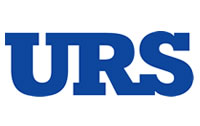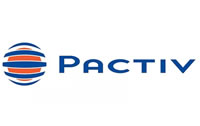Focus on being a supervisor, and leave the work force to do their job.
I’ve said in many articles and presentations that the two most difficult things for a new leader to do are (1) to put down the tools, and (2) to hold people accountable when they used to be your peers. This month I’m going to discuss the first item: Teaching yourself to keep away from the tools. What I mean by “the tools” is the basic work practices of the work center for which the leader is responsible. In my workshops, I recommend that a leader spend less than 5% of their time on tools.
Leaders are accountable to provide direction, guidance, and the assets needed to carry out the guidance. They provide training so the work force can execute the guidance with the assets they are provided. The leader then needs to be consistent, attentive, respectful, motivational, and assertive to guide performance.
There are situations when a leader is expected to pitch in. Three situations come to mind:
- When the work center is severely understaffed.
- When the leader is newly assigned and needs to be more familiar with the work center’s functions.
- When one or more team members request that the leader share their knowledge or expertise.
Two of these circumstances should not be routine. In the first situation it may be “all hands on deck” and the best choice is to jump in and help the team. When staffing approaches full strength, the leader needs to back out. And, after the leader gains understanding and proficiency in the requirements of the work center, they should go back to being a leader and leave the work force to do their job.
The third situation is really being a coach. In fact, leaders should be spending at around 40% of their time as a coach. Coaching means providing professional and technical growth opportunities. Leaders must share knowledge and expertise when requested, but not revert to being a technician for an extended period of time.
- You are being paid to lead, not do technician work. The company is paying you to be a supervisor. If you’re doing technician work, you’re not earning your pay as a leader.
- If you keep doing technician work, you’re taking work away from team members who take pride in their job.
- Spending too much time as a technician means you’re probably neglecting other duties, or working much longer hours than you should be. Not doing enough manager/administrator work will lead to barriers for your team’s performance.
- Focus on doing your job as a supervisor. Your main job as a supervisor is the short-term and long-term performance of your team. If you’re not spending enough time on manager/administrator, coaching, systems thinking, and visionary work, then you’re hindering the future performance of your team.
So, how can supervisors keep themselves from the tools? Get control of your time. Use a time log. Take notes over several days on where your spending your time. Identify what category of leadership role you’re in for each period of time. (The five roles are expert/technician, manager/administrator, coach, systems thinker, and visionary.)
There may be time you don’t spend in a leadership role, including professional development and goofing off. You should spend little or no time goofing off, but perhaps as much as 5% to 10% of your work week working on your own professional development. That leaves more than 90% of time to be spent in leadership the five leadership roles.
Learn the techniques needed to be an expert at leadership. When you improve your leadership capacity, and become a productive leader, you will get so much more out of yourself and your team. Go forth and do great things.
Order a copy of my book “The Productive Leadership System” or contact me for training, workshops, site visits, assessments or discussions.


















